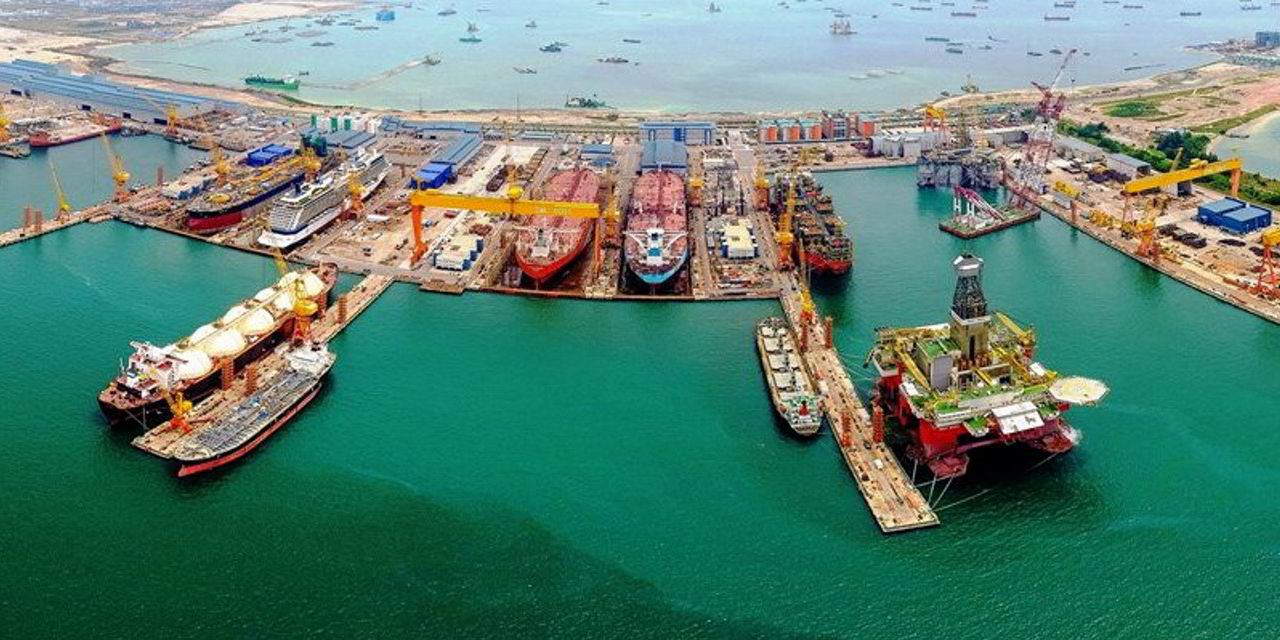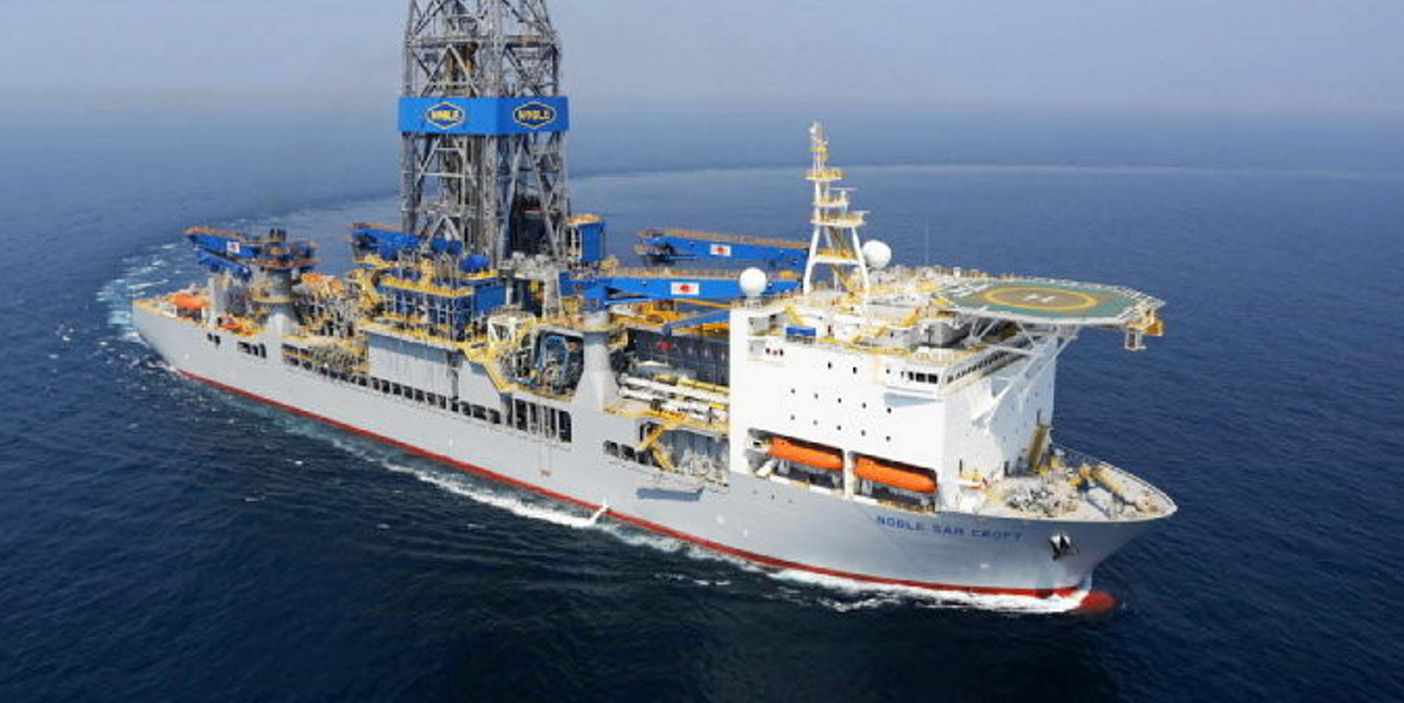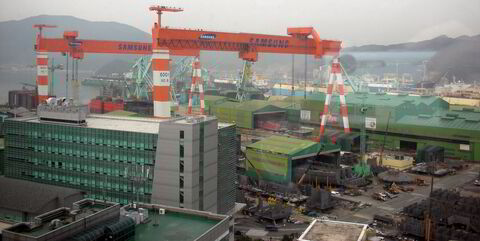Seatrium, the former Sembcorp Marine, is set to be a key beneficiary of the strengthening offshore market, says a top Singapore energy analyst.
“Industry estimates that offshore oil and gas capital expenditure will continue to remain stronger on a year-on-year basis in both 2023 and 2024, underpinning our positive view on the offshore marine sector,” said UOB Kay Hian’s Adrian Loh.
“Data across the offshore marine sector has not flagged but instead remained strong for jack-up rigs, deepwater floaters, floating production systems and offshore renewables,” added Loh.
“In the exploration and production sector, industry players are now looking at day rates for latest generation drillships of over $500,000 per day versus aggregate rates of $350,000 per day at present.
“The number of active offshore rigs registered yet another month-on-month increase in July 23, and there are now 8% more active rigs compared to the year-ago period,” Loh added.
The backlog for floating production systems has increased by 63% since its low in early 2022, indicating that the material free cash flow generated by oil companies is being invested.
In addition, UOB Kay Hian says there are 176 projects globally in the appraisal, planning or bidding/final design stages, all of which will require floating production and storage systems to which Seatrium is exposed.
UOB Kay Hian said it estimates that there is another SGD 10bn ($7.5bn) upside to current Seatrium’s current FPSO orderbook of SGD20bn.
“On top of the current four FPSOs that it has from Petrobras, Seatrium will look to bid for another two with each priced at $3bn as well as a few other floating production units at US$1b each which are highly likely to be from repeat customers such as ExxonMobil,” said Loh.
“The company also foreshadowed easy cost synergies from bringing these four FPSOs under one Seatrium and Keppel Offshore Marine roof.”
Seatrium has previously stated that offshore wind in developed markets such as the US and Europe remain “highly promising”.
“Post-the first quarter of 2023, management affirmed that it has the capacity to accept more projects – and is looking to fill its 2028/29 production schedule – but given the shortage of global yard capacity and strong level of enquiries it will not ‘sell slots’,” said Loh.
“This clearly ties up with the industry data that we have seen, and we expect continued order-win momentum to drive Seatrium’s share price in the near to medium term.”
In addition, Loh said the normalisation of economic activity should also result in a greater volume of shipping activities thus positively impact Seatrium’s repair/upgrade segment.





